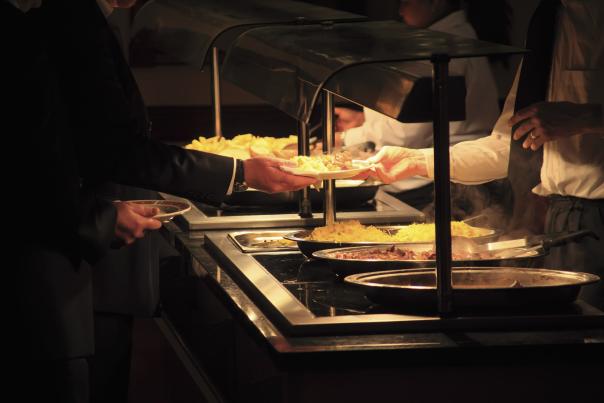
The research involved 42 pupils aged between 11 and 15-years-old across seven schools in the UK who received between £2.15 and £2.70 for their daily allowance. Schoolchildren kept a food diary to keep a record of what they purchased. The research found:
- Low allowance restricted students to meal deals, which were often unhealthier
- Students were under pressure to make quick decisions leading to unhealthier choices
- Most pupils not able to access their free school meal allowance before lunch leaving them hungry during break time
- Lack of fruit and vegetables available in schools
Dr Sundus Mahdi, of the University of York, told The Guardian: “What we also found was that non-meal-deal items were generally more expensive but they can also be healthier, which is also very relevant in terms of what we are seeing now with the cost of living and inflation that healthier food just tends to be more expensive.
“Unfortunately, the portion sizes given to some pupils were not enough to sustain them during the school day. There was actually one participant that said that during the week they actually brought a packed lunch with them in addition to their free school meal allowance, because it just wasn’t filling them up.”
The researchers concluded that an amendment should be made to the school food standards where by every meal should contain at least two portions of vegetables.